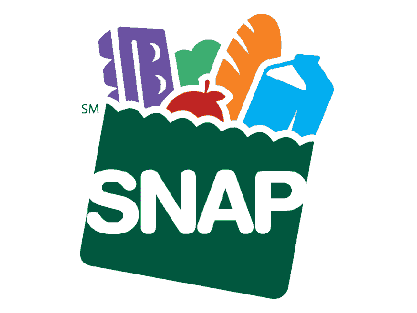Participants in the Supplemental Nutrition Assistance Program, more commonly known as food stamps, risk losing their pandemic-related benefits in March in every state, if they haven’t already. To assist families in coping and preparing for an anticipated wave of food hardship, states, neighborhood organizations, and food banks are scurrying.
Congress granted states the authority to relax SNAP application and eligibility requirements and to increase benefits with temporary emergency allotments in March 2020, as COVID-19 swept the country and the economy crashed.
In states that had also declared a public health emergency, the allotments were supposed to last for the entire federal public health emergency. However, a bipartisan federal spending package approved by Congress in December ended SNAP allocations as of February 2023.
According to an article published by Pew on February 28, 2023, SNAP benefits were used to buy food by more than 41 million people in 2018, up from about 36 million in 2019, and the emergency allotments represented a sizable inflow of federal funds to the states.
According to the Center on Budget and Policy Priorities, in recent months, the states where the allotments were still in place received nearly $3 billion extra in benefits each month.
States are advising people to seek assistance in figuring out the benefits for which they are eligible because the variety of state and federal safety-net programs, frequently with different eligibility rules, can be perplexing.




![Tyson Foods Plant [Photo: Food Manufacturing]](https://southarkansassun.com/wp-content/uploads/2023/08/iStock_1185520857__1_.5e441daa51cca-600x337.jpg)







![Silverado Senior Living Management Inc. [Photo: Los Angeles Times]](https://southarkansassun.com/wp-content/uploads/2023/10/download-6-4-600x337.jpg)

![China's Wuhan Institute of Virology [Photo: Nature]](https://southarkansassun.com/wp-content/uploads/2023/09/d41586-021-01529-3_19239608-600x337.jpg)
















